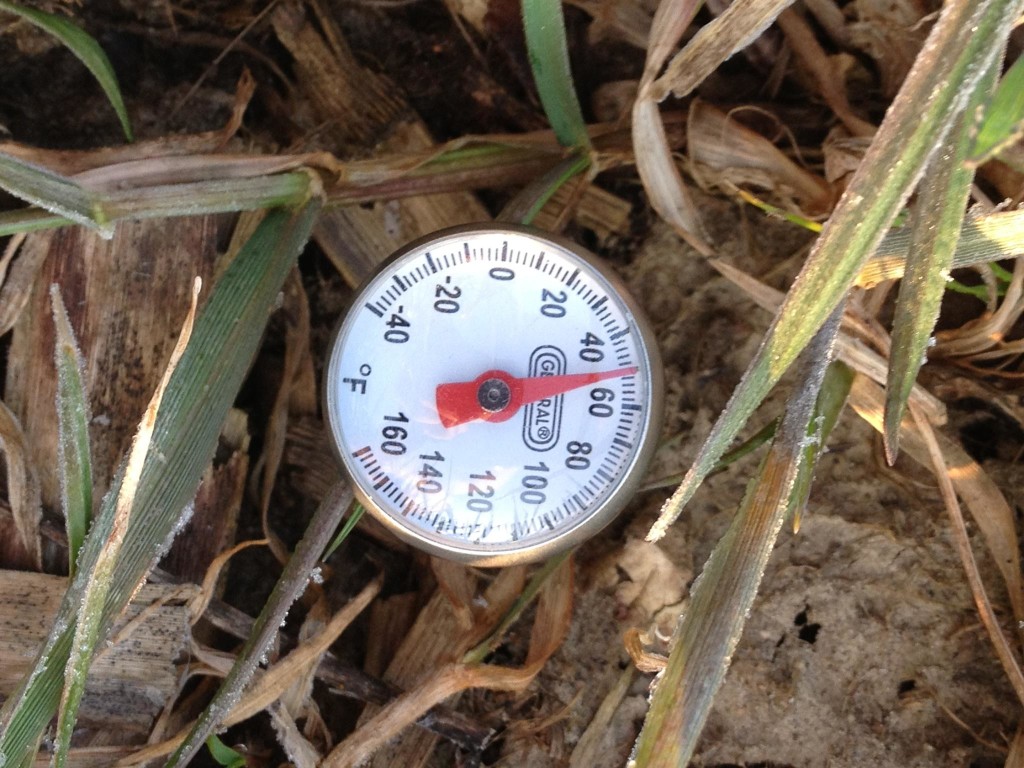Part 2- Do Cover Crops Keep the Soil Colder in the Spring?
Fact or Fiction? Cover Crops that Survive the Winter Keep the Soil Colder in the Spring than Fall-Tilled Soil – Part 2 On Friday April 5, 2013 my brother Don recorded the temperatures in soils on our home farm near Greenwood, IN (central Indiana). The previous week Don took soil temperatures coming out of a […]
Part 2- Do Cover Crops Keep the Soil Colder in the Spring? Read More »
